- Provincial Profile
- Investment Priority Areas
- Available Land
- Local Incentives
- Talent Pool/Workforce
- Infrastructure
- Contact
Isabela, officially the Province of Isabela is the second largest province in the Philippines in land area located in the Cagayan Valley. Its capital and the largest local government unit is the city of Ilagan. It is bordered by the provinces of Cagayan to the north, Kalinga to the northwest, Mountain Province to the central-west, Ifugao and Nueva Vizcaya to the southwest, Quirino, Aurora and the independent city of Santiago to the south, and the Philippine Sea to the east. This primarily agricultural province is the rice and corn granary of Luzon due to its plain and rolling terrain. In 2012, the province was declared as the country’s top producer of corn with 1,209,524 metric tons. Isabela was also declared the second-largest rice producer in the Philippines and the Queen Province of the North.
- Second largest Province in the Philippines
- Strategic location between the part of Cagayan Economic Zone and the National Capital Center of the country – Metro Manila
- Productive Forest Land & Watershed Areas
- Hybrid Corn & Rice Champion of the Philippines
- Home of Magat Dam, a major source of power and water supply of the Northern Luzon
- Home to the biggest corn processing facility in Southeast Asia
Sources: provinceofisabela.gov.ph
| Capital | Ilagan |
| No. of City/Towns | 3 Cities 34 Municipalities |
| No. of Barangays | 1,055 |
| Land Area | 1,066,456 has. |
| Climate | Relatively wet from May to Oct. Relatively dry from Nov to April |
| Population (CY 2015) | 1,593,566 |
| Number of Households (CY 2015) | 372,950 |
| Average Annual Population Growth Rate (2010-2015 | 1.29 |
| Average Household Size (CY 2015) | 4.3 |
| Registered Voter (2016) | 911, 910 |
| No. of Barangays | 1,055 |
| Language/Dialect | Ilokano, Tagalog, Ibanag, Yogad, Gaddang |
| Income Classification | 1st Class |
| Total Revenue – IRA (2017) | Php 2,490,192,785.00 |
| Labor Force Participation Rate (2018) | 65.3 (Region 02) |
| Employment Rate (2018) | 95.8 (Region 02) |
| Underemployment Rate (2018) | 24.8 (Region 02) |
| Unemployment Rate (2018) | 4.2 (Region 02) |
| Literacy Rate (2000) | 97.39% |
WHY INVEST IN ISABELA
- Isabela was recognized by the Philippine Chamber of Commerce and Industry as the Most Business-Friendly province in Region 02 since 2011
- The Country’s Top Corn Producer and Biggest Surplus Producer of Rice
- Region 02’s only Hall of Fame recipient in Anti-Red Tape Act implementation
- A highly adaptable population with a 97% provincial literacy rate
- The most consistent and highly awarded province in Region 02 as evidenced by its receipt of the DILG’s Seal of Financial Housekeeping and Seals of Good Local Governance since 2012
- Supportive provincial and city/municipal government units assisted by a strong police force that was consistently awarded as Best PNP Provincial Office
- Excellent road network and ease of access to developed Asian economies such as Japan, South Korea, China, Hong Kong, Taiwan, and the Southeast Asian Markets
- The biggest province in Luzon with area of 1,066,456 hectares, with rich biodiversity
- A provincial government that ensures investor support through the Provincial Incentive Code and other legislative actions
- Regarded as the “Sentro ng Agri-Kultura” because of the Isabeleños’ unmatched agricultural prowess and proficiency in cultivating and preserving culture and the environment.

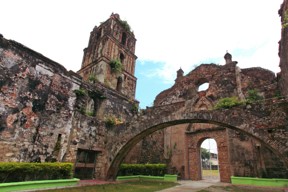
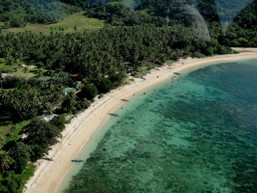
Investment Priority Areas
Doing business in Isabela provides investors with more than just profit gains. The province offers unique and exceptional treasures not found anywhere else—diverse natural resources, breathtaking sceneries, vibrant culture, adequate infrastructure network, and most importantly, warm and committed people.
Isabela occupies a strategic location between Cagayan Economic Zone and the national capital region of the country, Metro Manila. The province has productive forestlands and watershed areas and is known as the “Hybrid Corn and Rice Champion Producers of the Philippines “.
As the home of Magat Dam, the largest dam in Southeast Asia, Isabela is a major source of power and water supply for Northern Luzon and part of Metro Manila. It is also rich in mineral resources while having a lengthy range of coastlines totaling 147 kilometers from Maconacon to Dinapigue that are abundant in aquatic resources.
Foreign and local investors are invited to invest directly in greenfield projects and operating businesses by establishing new companies, subsidiaries or joint ventures in the following Priority Investment Areas of Isabela:
Agri/Aqua-Based Industries
- Hybrid Rice Production and Processing
- Hybrid Corn Production and Processing
- Corn Oil Production
- Fruits and Vegetables Production and Processing
- Livestock and Poultry Production and Processing
- Dairy Production and Processing
- Mango Processing and Export Trading
- Sugarcane Production and Processing
- Feeds Production
- Banana Production and Processing
- Seaweed Production and Processing
- Sweet Sorghum Production and Processing
- Tilapia and Prawn Production and Processing
Forest-Based Industries
- Bamboo Industry Development
- Rattan Industry Development
- Woodworking/Furniture Making
Tourism Development
- Eco-Cultural and Historical Tourism
- Tourism Accommodation and Facilities
- Tour Operators and Travel Agencies
- Health and Wellness Tourism
- Religious Tourism
- “Experiential” Tourism
Renewable Energy Generation
- Hydropower Generation
- Sugarcane Plantation for Biodiesel
- Sweet Sorghum Production for Ethanol
- Biomass Plant Development
- Ilaguen Hydropower Plant
- Bioethanol Plant Development
- Solar Power
Infrastructure Facilities
- Establishment of Special Economic Zone
- Upgrading/Improvement of Transportation Infrastructure
- Upgrading/Improvement of Digital Infrastructure
- Upgrading/Improvement of Agricultural Support Infrastructure
Gifts, Toys and Housewares
- Basketry
- Pottery
- Ceramics
- Novelty Items
- Holiday Décor
Support and Allied Services/Knowledge-Based Industries
- Information & Communication Technology/Business Process Outsourcing
- Medical, Educational and Crisis Intervention Facilities
MAJOR INDUSTRIES
Agriculture and Aquaculture
Isabela’s economy is on a steady growth trajectory, making it one of the richest and most progressive provinces in the Philippines with a first-class income classification. Consequently, Isabela has emerged as a dominant force in business and industry, earning the title of “Regional Trade and Industrial Center” of northeastern Luzon.
Moreover, agriculture is the province’s biggest industry. As the country’s top corn producer, Isabela contributes 13.02% of the national yellow corn production, housing Asia’s largest post-harvest corn processing facility, Mindanao Grains, in Reina Mercedes. Additionally, Isabela ranks second in rice production, contributing 7.14% of the national output. The province boasts a rice sufficiency rate of 451.7%, supplying Metro Manila and other provinces with surplus rice.
In addition to grains, Isabela produces high-value crops such as monggo, tobacco, coffee, banana, and mango. Its livestock and poultry industries are also expanding, with significant growth in dairy processing, hog production, cattle breeding, and commercial poultry raising.
Furthermore, aquaculture is a thriving industry in Isabela, supported by 1,108 hectares of freshwater fishponds and 450 hectares of fish cage culture at the Magat Dam Reservoir. Coastal towns like Maconacon, Divilacan, Palanan, and Dinapigue boast rich marine resources.
Isabela is also notable for its timber resources, with 54% of its area covered by forestland. Of this, 62% is protected, while 38% is designated for production. The woodwork industry, especially furniture making using indigenous materials, continues under a regulated system.
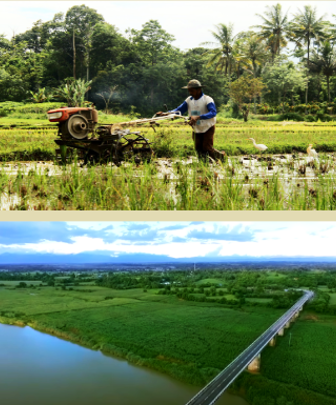


Tourism
In recent years, tourism has become an income-generating industry for Isabela. New hotels and resorts have opened, mostly in Cauayan City, Santiago City, and the towns of Tumauini and Roxas. One of the top tourist attractions are the centuries-old churches of Saint Mathias and San Pablo; Magat Dam Tourism Complex, which houses Southeast Asia’s biggest dam; Santa Victoria Caves at Fuyo National Park in the City of Ilagan; the beaches and islands of Coastal Isabela; the world’s biggest wooden lounge chair or butaka in Ilagan; and various festivals or fiestas, most famous of which is the Bambanti Festival, and the commemoration of the birth of the province during Isabela Day.


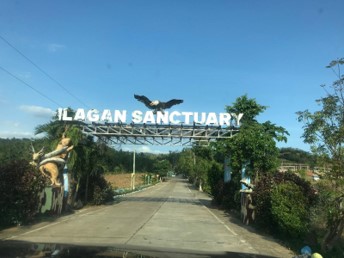
Natural Resources
Isabela, situated in the Philippines at the crossroads of Southeast Asia and the Western Pacific, boasts diverse natural resources that support its economy and ecological balance. Its fertile soil supports a variety of agricultural crops. Additionally, expansive forests, protected wildlife sanctuaries, and abundant marine life complement its natural wealth.
The province prioritizes sustainable management of its vast forest resources. Notably, the Northern Sierra Madre Natural Park, the Philippines’ largest protected rainforest spanning over 3,000 square kilometers, plays a crucial role in this effort. Isabela’s extensive coastline hosts untapped fisheries, while its rivers, lakes, and irrigation canals offer significant potential for fish production.
To the east lies the Philippine Rise, a vast undersea region rich in natural gas, oil, and minerals. This promises future economic benefits akin to the Malampaya gas fields in Palawan. Eastern Isabela’s mountainous terrain harbors extensive deposits of gold, copper, zinc, chromite, nickel, and manganese. Moreover, abundant non-metallic minerals like marble, limestone, and gravel contribute to the province’s mineral wealth. In Western Isabela, natural gas and hydro energy sources add to the province’s energy potential.
Isabela’s strategic location and rich natural endowments position it as a pivotal hub for sustainable development in the region. With its commitment to ecological balance and responsible resource management, the province is poised to harness its diverse resources for long-term economic growth and environmental preservation.

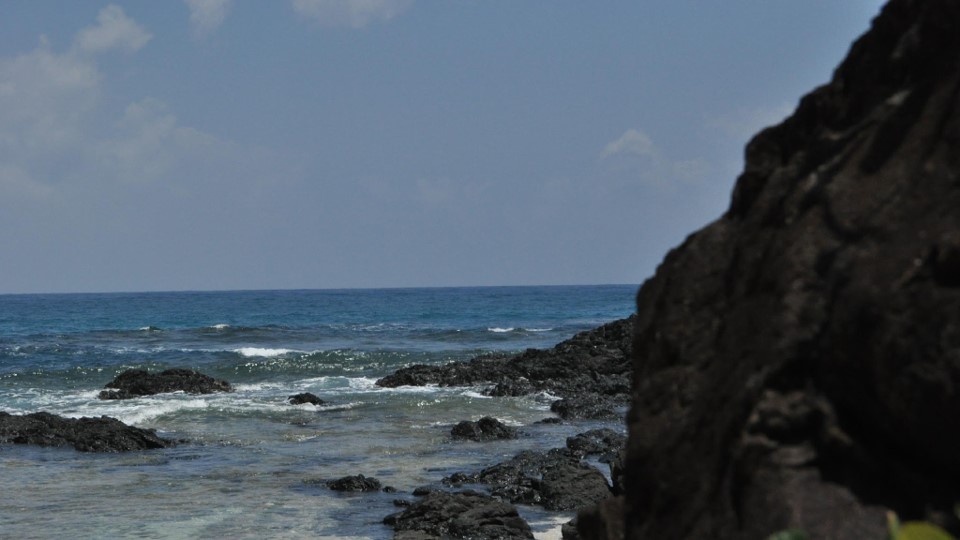



Educational institutions for all learning levels and catering to all Isabeleños of different religious and cultural affiliations abound in Isabela. The province has its own State University, the Isabela State University in the Municipality of Echague in Southern Isabela which established ten other campuses all over the province. Established in 1918, the ISU has grown into a 21st century educational institute that now offers dozens of undergraduate and graduate degree courses and has produced a long list of IT professionals, nurses, lawyers, engineers, architects, and teachers, to add to the products of the many private colleges and universities all over the province.
Isabela also hosts the North Luzon branches of the Philippine Normal University and the University of Perpetual Help System in the municipality of Alicia and Cauayan City, respectively.
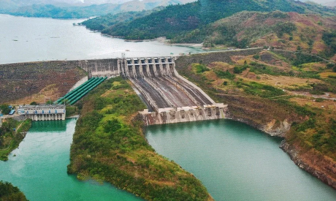
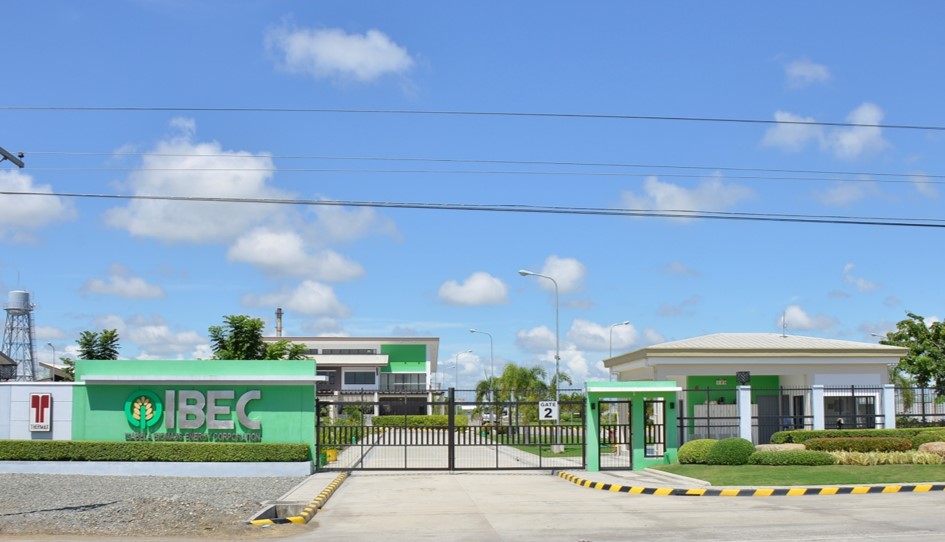
Energy and Water
The 540-megawatt Magat hydroelectric plant supplies electrical power to the entire island of Luzon, while Isabela’s electricity supply is provided by the National Power Corporation, transmitted by the National Grid Corporation of the Philippines, and distributed by two local electric cooperatives, ISELCO I and II.
Augmenting Magat’s output are the 25-kilowatt biomass power plant venture of the Provincial Government and the Korean International Cooperation Agency, the 20-kilowatt Isabela Biomass Energy Corporation in Alicia, and the 12-kilowatt Cagayan Biomass Energy Corporation in Gamu- all of which have made Isabela the pioneering and biggest producer of renewable energy in the country today. The abundance of energy resources in Isabela contributes to the affordable rates of electricity in the province.


SORRY!
This page will be available soon.

Local Incentives
The Local Investments and Incentives Code (LIIC) is a document that articulates the local government investment policies and programs, Investments Priority Areas (IPAs), local incentives (fiscal or non-fiscal) available to domestic and foreign investors and the mechanics for availing them. It also defines the composition, roles and functions of the Local Investments and Incentives Board (LIIB) and the Investments Promotion Center (IPC).
The LIIC is an instrument for local /regional economic development through a multi-stakeholder approach for attracting, retaining, expanding and diversifying investments in the local economy supportive of the development vision of the LGUs.
Click the button to view the LIIC of the various municipalities of the province of Isabela:
SORRY!
This page will be available soon.

Top Investors
SN Aboitiz Power Group (SNAP) is a joint venture between SN Power of Norway and Aboitiz Group of the Philippines.
SNAP-Magat Inc. owns and operates the 360-megawatt Magat hydroelectric power plant (HEPP) in Ramon, Isabela. The Magat HEPP was a state-owned facility operated by the National Power Corporation until its privatization in 2006, when SNAP-Magat won the bid conducted by the Philippine government for the amount of US$530- million. Since then, it has received recognition for its safety, quality management and corporate social responsibility programs.


Green Future Innovations Inc. (GFII) is a joint venture between Japan’s Itochu Corporation, Taiwanese holding company GCO, JGC Philippines, and Philippine Bioethanol and Energy Investments Corporation, the latter owned by the Bantug-Palanca family of Negros Occidental and the Uy family of Isabela.
GFII aims to contribute to the domestic supply of renewable energy through a 54-million-liter ethanol plant in San Mariano. The US$120- million investment will produce bioethanol from an 11,000-hectare sugarcane plantation around San Mariano’s 30-kilometer radius and will convert sugarcane residual material or bagasse to electricity in its 19-megawatt power plant, projecting a 13-megawatt contribution to the Luzon grid in the future.


Mindanao Grains Processing Company Inc.
It is an agribusiness venture based in the Mindanao province of Bukidnon and owned by the La Filipina Uy Gongco Corporation of Iloilo City in the Visayas region. Mindanao Grains has expanded its operations to Luzon by opening its P500-million Reina Mercedes Corn Processing Center, the largest post-harvest facility in the country.
It was inaugurated by Philippine President Benigno Aquino III in October 2010 and is a testament to the company’s commitment to assist Isabela’s corn farmers in production efficiency so as to ensure food security in the country.


San Ignacio Energy Resources Development Corporation
SIERDC is an affiliate of the Nextnorth Holdings Corp. (NHC), a Philippine-based renewable energy (RE) developer of solar and hydro projects with around 480 MW potential energy capacity. The Php 18 billion 440-megawatt (MW) peak Isabela Solar Power Project is seen to boost the administration’s renewable energy thrust as well as local job generation.
The company will begin construction next year on a 400-hectare land in Ilagan City, Isabela, currently being used for sugarcane and bioethanol production. The solar power facility will start its operation by 2025.According to project proponents, the solar power project could generate around 700 gigawatt-hours per year, which is equivalent to the electricity consumption of around 1 million households.
Around 2,200 workers could benefit from the project during various phases of construction, and more permanent workers when the facility becomes operational.


Isabela Biomass Energy Corporation
The Isabela Biomass Energy Corporation is the first biomass energy project in Region 2. Located in the Municipality of Alicia, this Php 2 billion project is produces 20MW of electricity out of rice husk. The process is environmentally friendly and 100% clean and renewable.

Recreational Spaces
For inquiries and assistance, click the button to be redirected to the contact information of the Local Economic Development and Investment Promotion Officers (LEDIPOs) of Isabela and its LGUs.